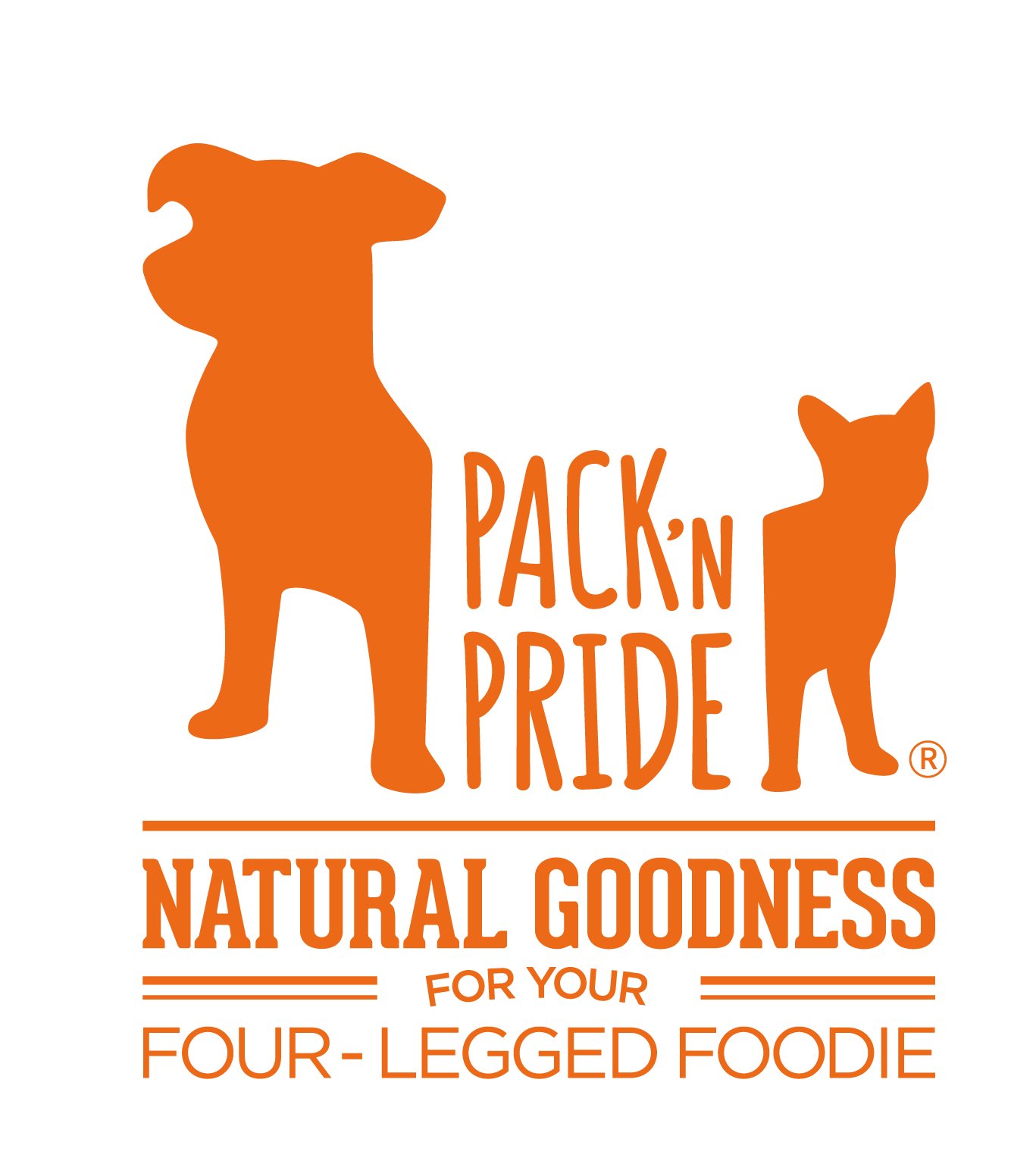From Factory to Shelf: The Journey of Wholesale Dog Treats in the Global Market
Dog treats have grown from simple biscuits to an essential part of pet parenting worldwide, reflecting a broader trend towards pet humanization. As a distributor or retailer looking to stock wholesale dog treats, understanding the journey these products make—from manufacturing to reaching your shelves—is crucial for a successful partnership. Let’s explore this fascinating journey and tackle key questions along the way.
Regulatory Essentials for Selling Dog Treats
Do I Need FDA Approval to Sell Dog Treats?
While dog treats don’t require direct FDA approval, they must comply with FDA regulations. The FDA ensures pet treats are safe, accurately labeled, and produced in hygienic conditions. Compliance includes adhering to guidelines about ingredients and manufacturing practices to prevent contamination and ensure nutritional adequacy.

Do You Need a License to Sell Dog Treats?
In many English-speaking countries like the U.S., Canada, and the UK, selling dog treats commercially generally requires business licensing and permits related to food safety and business operations, but no special “dog treat” license. Always verify local regulations specific to your location to ensure compliance.
What Certifications Do You Need?
Certifications such as BRC (British Retail Consortium), IFS (International Featured Standard), and FSSC 22000 (Food Safety System Certification) are highly recommended. These certifications demonstrate adherence to international standards, crucial for building trust with large distributors and retailers like Amazon and supermarket chains.

Profitability in the Dog Treat Industry
Is Selling Dog Treats Profitable?
Yes! The pet treat market is thriving, driven by increasing pet ownership and owners prioritizing their pets’ wellbeing. With strategic marketing, quality products, and effective distribution channels, wholesale dog treats can yield excellent profit margins.
FDA Regulations and Selling Without Approval
What Can You Sell Without FDA Approval?
You can sell dog treats without direct FDA approval provided they comply with FDA regulations on safety, ingredients, labeling, and cleanliness. Products that clearly state their ingredients, nutritional information, and adhere to FDA manufacturing practices usually suffice.

Are There Regulations on Dog Treats?
Absolutely. Dog treats are regulated by agencies such as the FDA in the U.S. and the Food Standards Agency (FSA) in the UK. Regulations typically cover safety, labeling, ingredient transparency, and nutritional analysis.
Preservation of Dog Treats
How Do You Preserve Dog Treats to Sell?
Proper preservation extends shelf-life and maintains product quality. Techniques include:
- Dehydration: Removes moisture to inhibit bacterial growth.
- Vacuum sealing: Protects from air and contaminants.
- Natural preservatives: Such as vitamin E, citric acid, and rosemary extracts.
Market Viability
Is There a Market for Dog Treats?
The global pet treat market was valued at over $38 billion in 2023 and continues to grow robustly. Trends like premiumization, natural ingredients, and specialized diets contribute significantly to this growth, offering numerous opportunities for wholesalers and retailers.

Nutritional Analysis
How to Get Guaranteed Analysis?
A guaranteed analysis, required by labeling laws, lists minimum percentages of crude protein and fat, and maximum percentages of crude fiber and moisture. Accredited laboratories can perform these analyses to ensure compliance and transparency.
Distribution Insights
Why Seek Distribution for Your Pet Brand?
Seeking distribution expands your market reach, leverages established logistics networks, and enhances brand credibility. Partnering with reputable distributors enables quicker shelf placement, especially with major retailers and e-commerce platforms.
The Catch-22 of Pet Brands and Distribution
Distributors typically prefer brands with a proven market record. However, to establish such a record, brands first need wide distribution. This dilemma can initially challenge emerging brands.

Presenting Your Pet Brand’s Proven Track Record
To overcome distribution barriers, clearly demonstrate:
- Strong sales data from smaller-scale retail or online platforms
- Positive customer testimonials and product reviews
- Successful marketing and brand-building campaigns
Pros and Cons of Distribution for Your Pet Brand
Pros:
- Broader market penetration
- Access to established retailer networks
- Enhanced brand visibility and reputation
Cons:
- Lower per-unit profit margins
- Less direct customer interaction
- Potential loss of control over brand presentation
Final Thoughts
From manufacturing compliance to market strategy, understanding these elements ensures success when stocking wholesale dog treats. With strategic partnerships and regulatory adherence, your venture into this lucrative market can be both rewarding and profitable.

